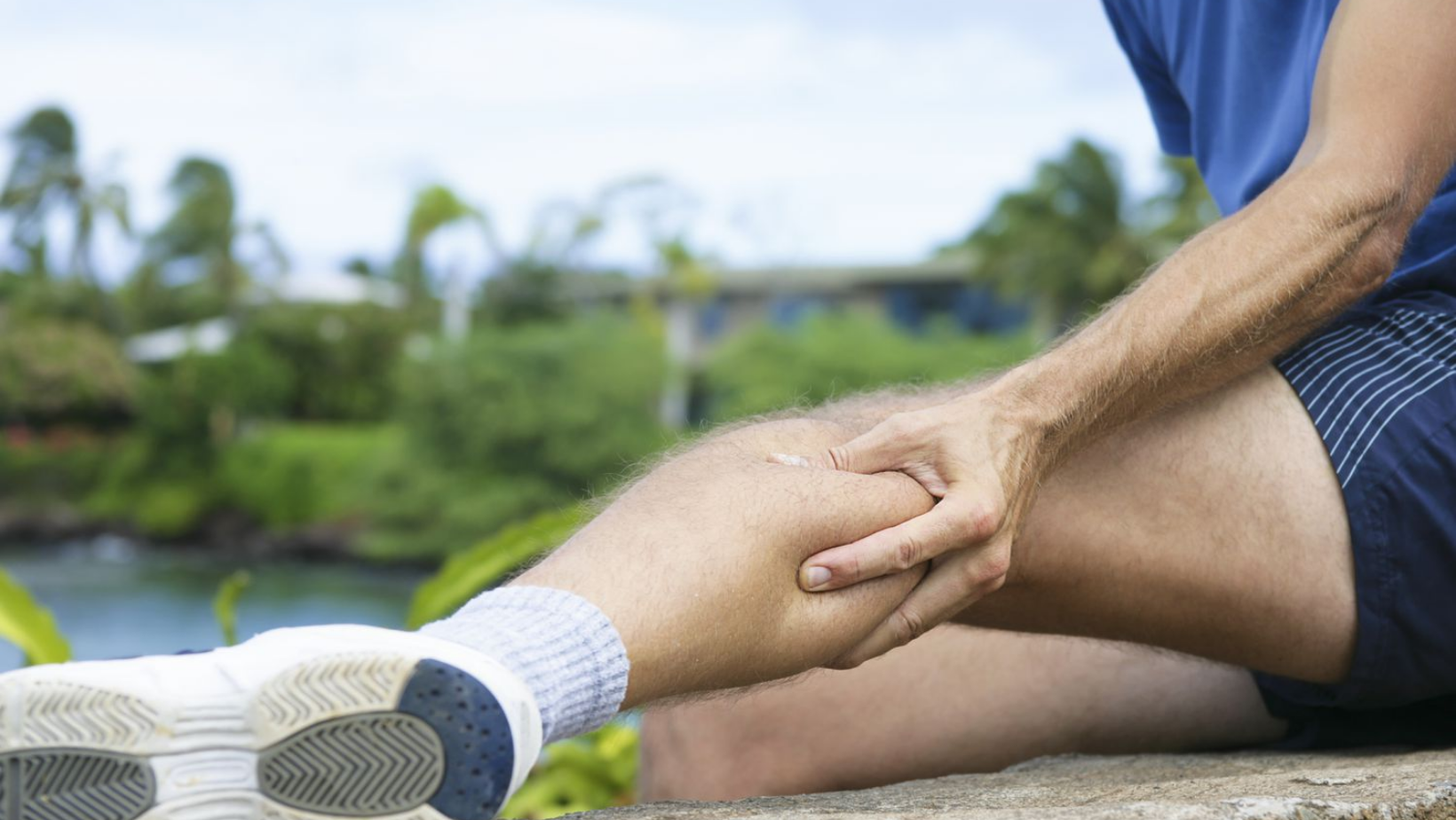Category
Leg cramps, an involuntary and sudden contraction of muscles, can range from a mild annoyance to a painful interruption in daily life.

Have any questions?
If you have any questions, feel free to contact us at [email protected]. A member of our support team will help you shortly.
Share this blog
Fatigue
Energy
Stress
Sleep
Leg cramps, an involuntary and sudden contraction of muscles, can range from a mild annoyance to a painful interruption in daily life. Understanding the causes, implementing preventive measures, and knowing effective remedial measures are vital to managing and alleviating leg cramps.
Leg cramps can occur for various reasons, and pinpointing the exact cause is essential for effective management. Common causes include:
While leg cramps are often benign, there are instances where medical attention is warranted:
Leg cramps can range from a temporary discomfort to a more
persistent issue, but understanding their causes and taking
preventive measures can significantly reduce their occurrence. By
staying hydrated, maintaining a balanced diet, and addressing
underlying health conditions, individuals can often effectively
manage and prevent leg cramps.
In severe or persistent leg cramps, seeking medical advice is
crucial to rule out any underlying health concerns. With a
combination of preventive measures and remedial strategies,
individuals can find relief from leg cramps and maintain optimal
leg health.